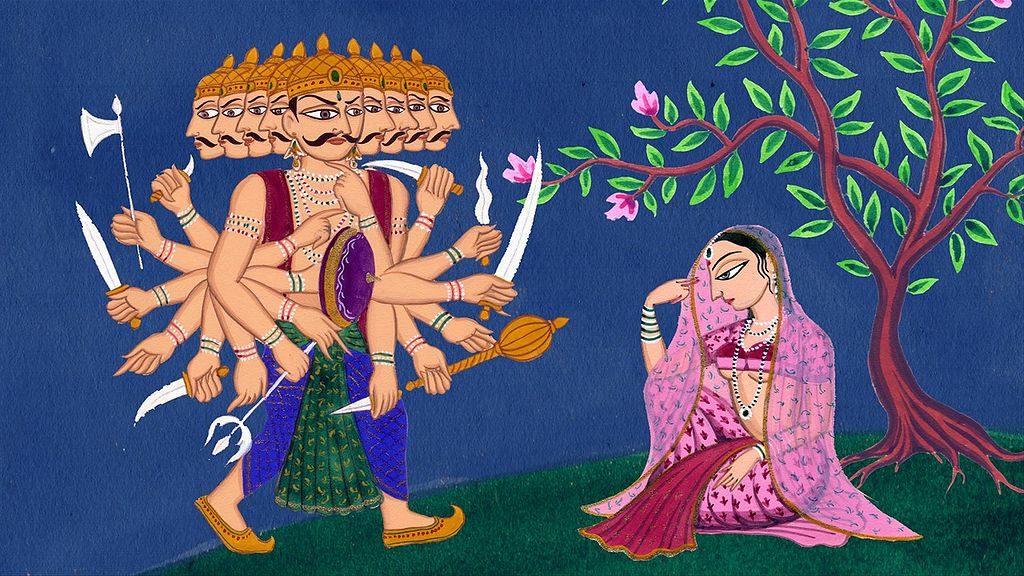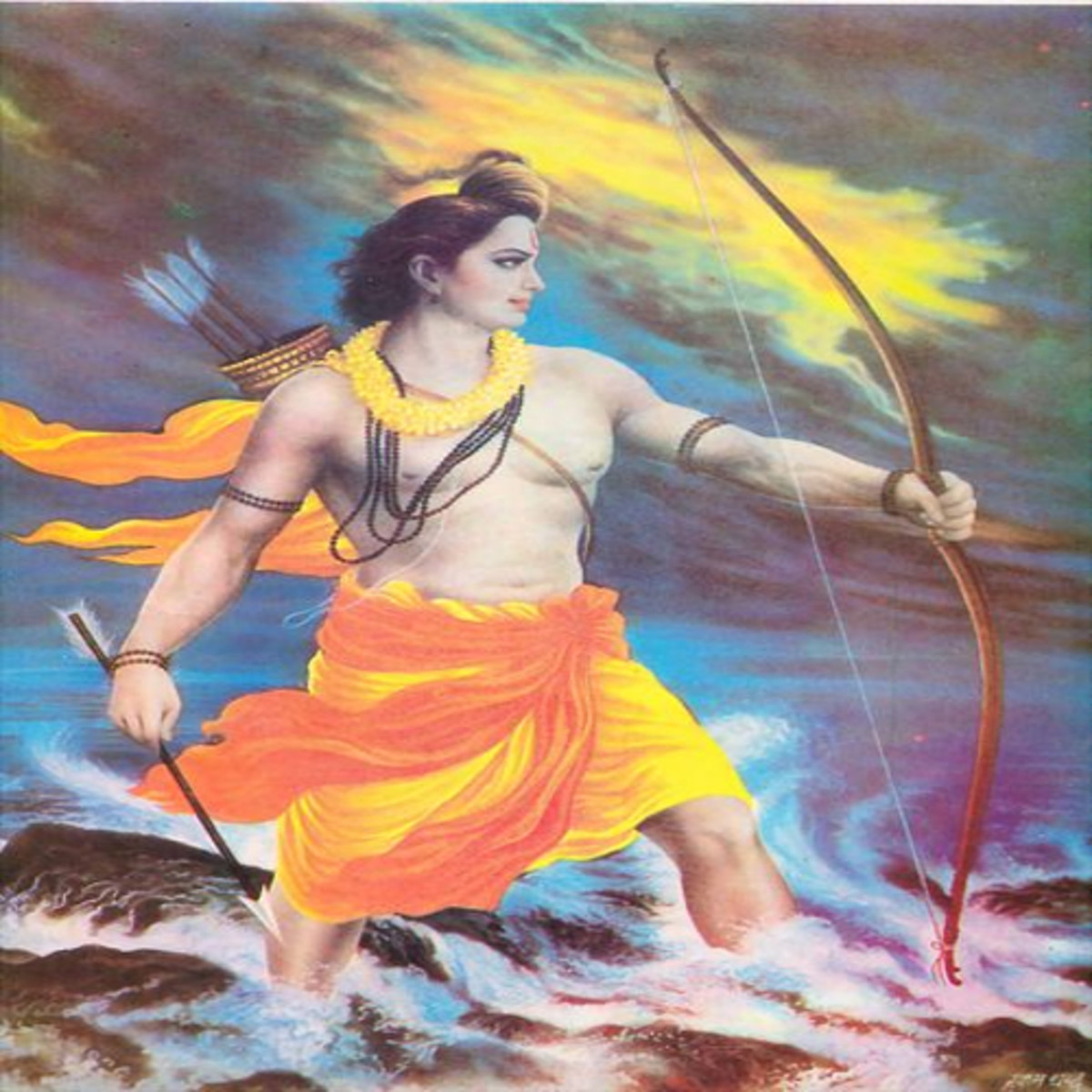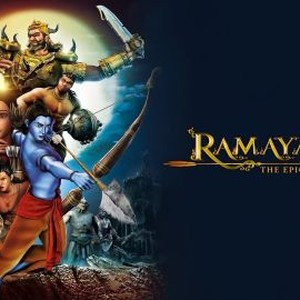
Molla's Ramayana is still widely available in Telugu-thin paperbacks in cheap newsprint, with a shiny colourful picture of a beautiful young Molla lost in meditation on the cover.

Molla's Ramayana is regarded as one of the classical Ramayanas in Telugu, ranked after the two other medieval Telugu Ramayanas by Ranganatha and Bhaskara. There were more differences between the two women re-writers of the epic than the few superficial similarities. And as I studied Molla-I discovered that this poet wasn't like Chandrabati at all. This happens to be the only available translation of the text in any language. So I set out out to find her myself in Andhra Pradesh, her homeland, and finally did manage to get hold of a tattered copy of a Hindi-Telugu bilingual edition of the Molla Ramayana, long out of print. Irrespective of the endless references to her Ramayana the text itself was not available in translation. I soon discovered that Molla had not been translated into English. Having fallen prey to the literary charms of Chandrabati, I was utterly thrilled with the prospect of getting acquainted with yet another sixteenth-century woman poet who rewrote the Ramayana. But for Molla, the choice of Telugu was a conscious and subversive decision.

For Chandrabati, choosing Bengali as the language of her poetry had no larger significance, as her knowledge of Sanskrit was minimal.

Both women moved away from tradition by discarding the literary language, Sanskrit, in favour of the regional. More importantly, Chandrabati had written a short Ramayana in her mother tongue, Bengali Molla had written one in hers, Telugu. Both women remained unmarried and earned a living writing poetry-a pretty tough task even in twentieth-century India. Both were devotees of Shiva yet they wrote about Rama, an avatar of Vishnu. Just as Chandrabati was the first woman poet of medieval Bengal, Molla was the first woman poet of medieval Telugu literature. To find an answer, we have to sift through questions of gender roles, silenced voices and the tensions between social versus individual priorities. We shall try to see how similar these two contemporaries were in their own cloistered cultures, and why one text is regarded as a major success while the other is considered a dismal failure by scholars of literature. Molla was a potter's daughter from a small south Indian town in Andhra Pradesh, familiar with the regional court culture of her day. Chandrabati was an impoverished Brahmin woman from a small village of Bengal, in eastern India, who had never been exposed to urban culture. We shall discuss the retelling of the Ramayana by two sixteenth-century women poets.


 0 kommentar(er)
0 kommentar(er)
